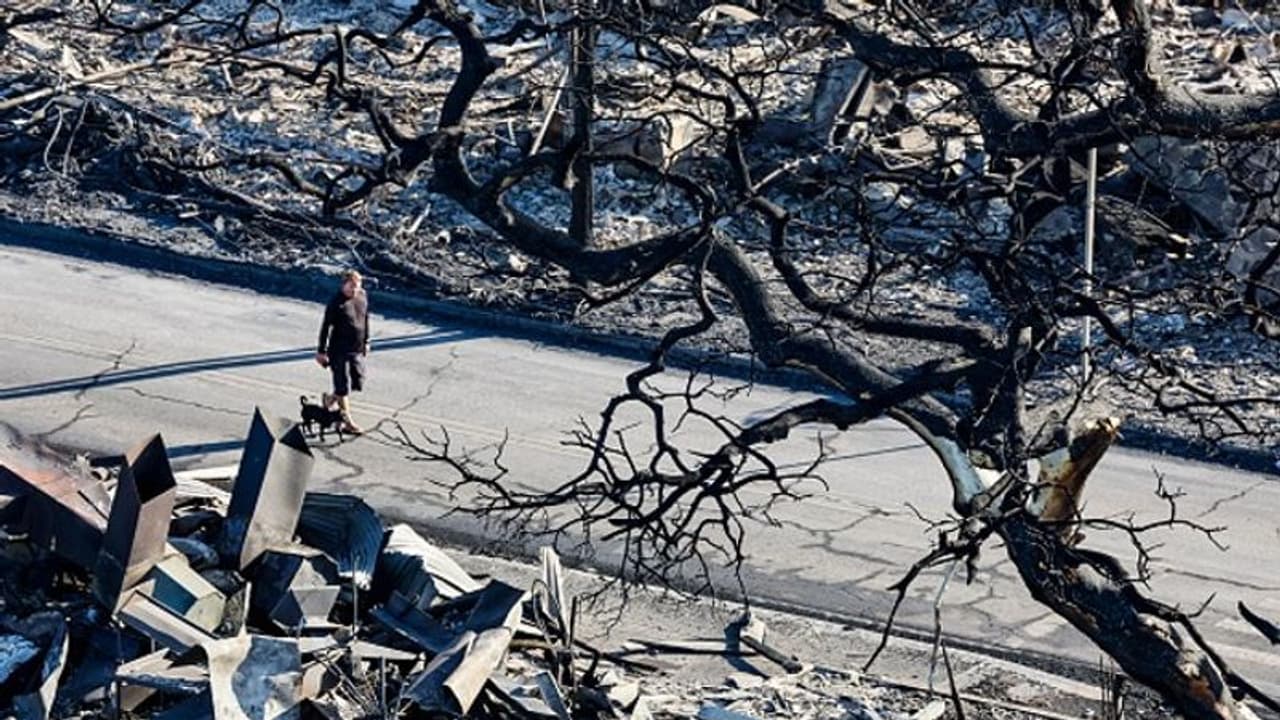Rampant wildfires ravaging Hawaii, particularly Maui and Lahaina, resulting in fatalities, displacements, and extensive destruction, highlighting the impact of climate change on unusual events in this tropical setting.
A series of devastating wildfires are currently sweeping through various parts of Hawaii, with a particularly severe impact on the island of Maui and the town of Lahaina. The toll has been staggering, with reports of 89 fatalities, thousands of people displaced from their homes, and extensive destruction of buildings and businesses. This catastrophe ranks as one of the most destructive natural disasters ever to strike the United States. Despite ongoing efforts by firefighting crews, the fires, which originated on the night of Tuesday, August 8, continue to elude full containment.

The exact cause behind the outbreak of these fires remains undetermined. However, the National Weather Service had previously issued warnings for the Hawaiian Islands, cautioning about the combination of high winds and dry weather that create ideal conditions for wildfires, as reported by Reuters. The US Forest Service highlights that almost 85 per cent of wildfires across the country are human-caused, while the remaining instances stem from natural factors like lightning strikes and volcanic activity.
Elizabeth Pickett, the co-executive director of the Hawaii Wildfire Management Organization, reveals that less than 1 per cent of wildfires can be attributed to natural causes. It is noteworthy that the Hawaiian Islands are home to six active volcanoes, including one on Maui. Pickett, in conversation with AP, emphasized the far-reaching consequences of losing soil in the wake of such fires, making restoration and replanting efforts immensely challenging. Consequently, invasive species tend to dominate the post-fire environment.
"When you lose your soil, it's really hard to restore and replant. And then the only thing that can really handle living there in many cases are more of those invasive species," Pickett told AP.
Jennifer Marlon, a research scientist at the Yale School of the Environment, pointed out in an interview with CNN that the occurrence of unusual events like these is increasingly linked to climate change. Marlon observed that while wildfires might seem out of place in Hawaii's typically wet and tropical setting, these anomalies are becoming more frequent as a result of shifts in the climate.
Marlon said, "It's very strange to hear about severe wildfires in Hawaii – a wet, tropical island – but strange events are becoming more common with climate change."
According to the research scientist, the fires in Hawaii are being fueled by a combination of potent winds and dry conditions, which are further complicated by the unique geographical features of the islands.
In terms of historical significance, this ongoing Hawaii wildfire ranks as the second deadliest within the past century, with the infamous Camp Fire in California from November 2018 holding the unfortunate distinction of being the deadliest in recent memory.
